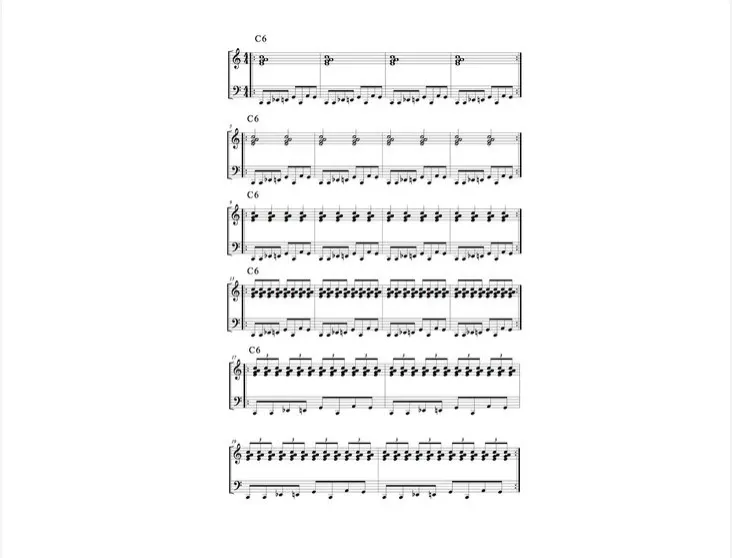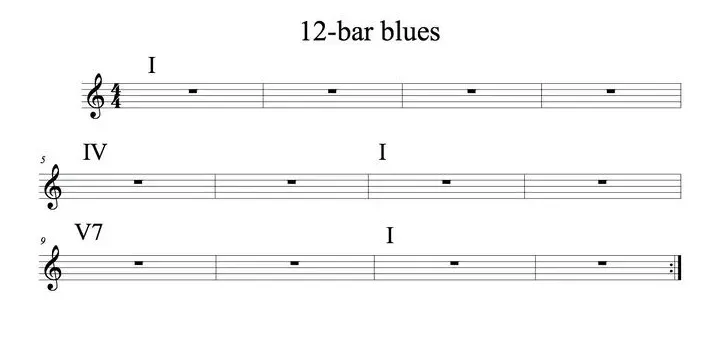Unlocking the Groove: A Guide to Boogie-Woogie Piano
Boogie-woogie piano, a high-energy style with roots in the late 19th century African American communities of the Southern United States, is all about rhythm and making people dance. It challenges pianists to a duel of athleticism and musicality, with the left hand laying down a relentless bass groove while the right hand weaves intricate rhythms, melodies, and improvisations.
Embarking on the Boogie-Woogie Path 
- Immerse in the Classics: Dive into the world of boogie-woogie by listening to the genre’s pioneers like Albert Ammons, Meade Lux Lewis, and Otis Spann. Their recordings will be your guide to understanding the style’s essential rhythms, phrasing, and techniques.
Mastering the Left Hand 
- Master the Bass Pattern: The left hand bass pattern is the heartbeat of boogie-woogie. Focus on learning and perfecting at least one “8-to-the-bar” pattern, which is crucial for establishing the style’s driving rhythm.
- Achieve Hand Independence: Hand independence is vital for layering complex rhythms. Begin with a simple boogie-woogie bass pattern and gradually add more intricate rhythms with your right hand, starting with a basic C6 chord inversion.
- Apply Techniques Over 12-Bar Blues: Familiarize yourself with the 12-bar blues structure, consisting of I, IV, and V chords. Practice your left hand patterns and right hand improvisations in C, F, and G, essential for playing boogie-woogie fluently.
Exploring the Right Hand 
- Learn Basic Licks: The right hand’s role involves playing catchy licks over the steady bass groove. Start by mastering a simple lick based on the C major triad and explore its variations to enrich your playing.
- Integrate Licks with Bass Patterns: Combine your right hand licks with the left hand bass patterns. Practice separately in the keys of C, F, and G before blending them into a cohesive 12-bar blues progression.
Bringing It All Together
- Craft an Introduction: Boogie-woogie pieces often start with a solo bass pattern or a simple chord progression as an introduction. Experiment with different intros to set the stage for your performance.
- Create a Signature Ending: Conclude your boogie-woogie piece with a distinctive ending, using a simple left-hand figure to wrap up the performance.
- Merge Rhythms and Melodies: The essence of boogie-woogie lies in the interplay between the left hand’s rhythmic bass and the right hand’s melodic improvisations. Start with an introduction, layer in your licks and patterns, and finish with a memorable ending to complete your boogie-woogie piece.
Embrace the challenge and joy of boogie-woogie piano by immersing yourself in its history, mastering its techniques, and bringing your own style to this timeless genre. With practice and passion, you’ll be grooving to the boogie-woogie beat in no time.